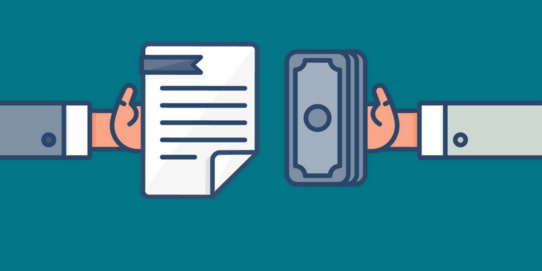What Are Your Accounts Payable And Accounts Receivable?
Let’s talk about the difference between accounts payable (A/P) and accounts receivable (A/R). It’s easy to get these two confused, but they’re important components to your books. They’re the primary indicators of the financial health of your company, which means they’re constantly changing to keep up with all the moving pieces. Let’s focus on the basics.
Account Payable is a company’s liability account where they record the amounts they owe to vendors or suppliers for their goods or services the company received on credit.
Accounts Receivable is a company’s current asset account where they record the amounts they have a right to collect from customers who have purchased their goods or services on credit.

What does it mean to purchase something on credit? This means that you have purchased something that you will pay off in the future. You obtain the item you purchased right away with the promise of paying for it at a later date.
A/P and A/R show that there are two sides to every purchase. While Company A reports a sale and a current asset, Company B reported a purchase and a current liability. One company acquires an asset, while another acquires a liability.
Down the road when the good/service has been paid off, there are still two sides to show. Company A’s cash increased (because they were paid) and their A/R decreased (the debt owed to them was paid off). Company B’s cash decreased (they officially paid off the good/service) and their A/P decreased (they paid off their debts owed).
A/P decreases your company’s cash flow and A/R increases it. The goal is to keep these two accounts balanced. Keep an eye on these two as they increase and decrease as their movement will alert you on your company’s financial well-being.
.png?token=6adcf38ed58846e4f05e97718ba6eb6d)